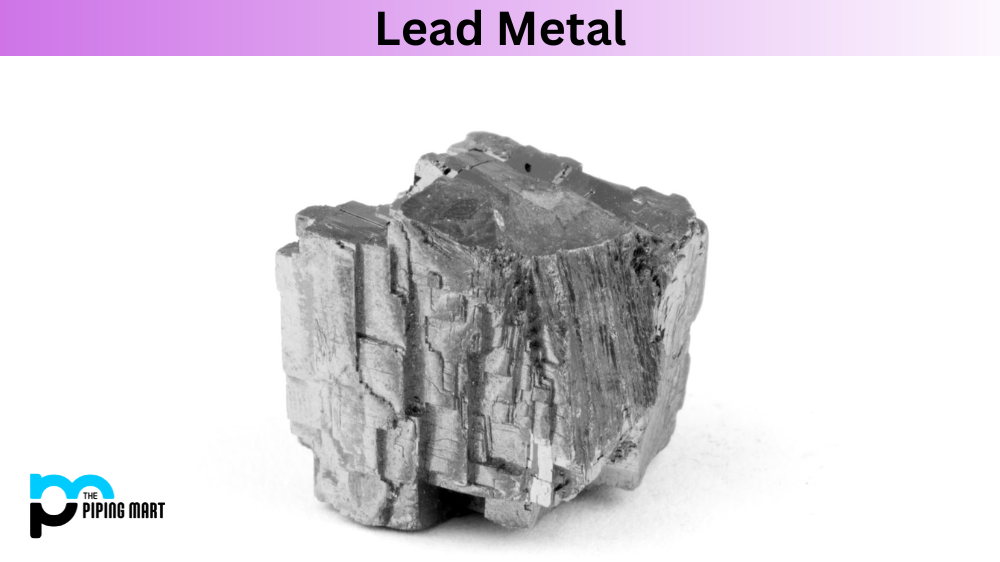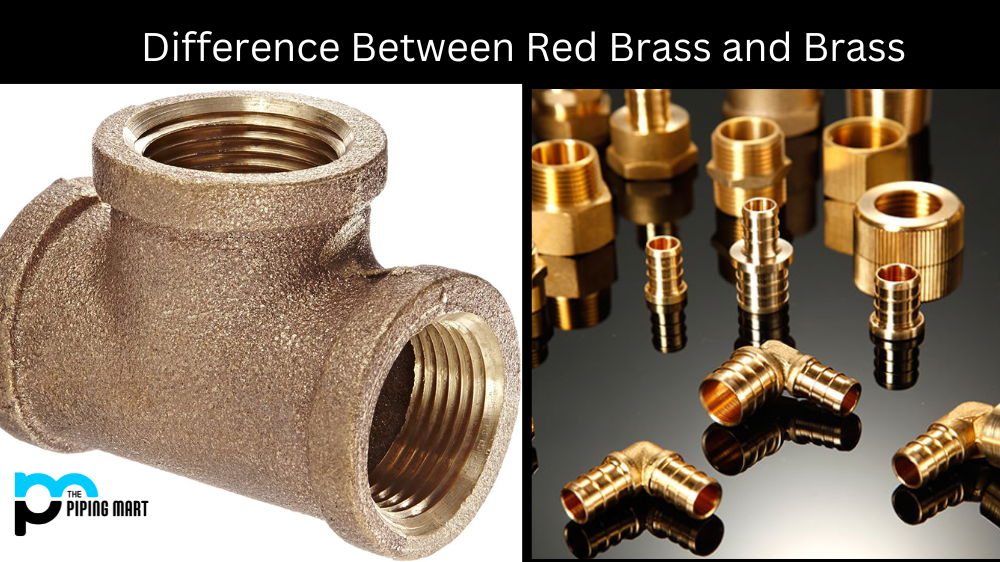Lead has been a commonly used metal for centuries due to its durability and malleability. It is particularly popular in the construction industry due to its ability to provide sound protection, stability, and insulation. However, with the rise of environmental concerns and the dangers associated with lead poisoning, it is important to weigh the pros and cons of using lead metal. In this blog post, we will delve into the advantages and disadvantages of using lead metal so you can make an informed decision regarding your next construction project.
Advantages of Lead Metal
Durability
Lead is a high-density metal that is resistant to corrosion. It is extremely durable and can withstand harsh weather conditions, making it an excellent choice for outdoor construction and roofing projects.
Thermal Insulation
Lead has excellent thermal insulation properties, making it a popular choice for constructing chimneys and flues.
Sound Insulation
Lead is a dense and heavy metal, which makes it an excellent sound insulator. It can reduce noise levels by up to 40 decibels and therefore is commonly used in constructing concert halls and recording studios.
Versatile
Lead is a malleable metal easily shaped and manipulated to any desired form. This makes it an excellent choice for creating decorative elements and intricate designs.
Disadvantages of Lead Metal
Toxicity
Lead is an extremely toxic metal that can cause serious health problems if ingested or inhaled. Long-term exposure to lead can damage the brain, nervous system, and kidneys.
Environmental Concerns
The use of lead in construction and other industries is a major source of environmental pollution. When lead is exposed to air and water, it can leach into the environment and cause severe damage to ecosystems.
Cost
Lead is expensive compared to other popular construction materials such as steel and aluminium. The cost of extracting, refining, and processing lead metal is also very high.
Difficulty in Installation
Lead metal can be challenging due to its weight and malleability. It requires specialized skills and equipment to handle, which can increase installation costs and time.
Conclusion
In conclusion, using lead metal in construction has advantages and disadvantages that must be carefully weighed. While lead is durable, versatile and provides excellent thermal and sound insulation, it is also toxic, environmentally harmful, expensive, and difficult to install. Given the risks and complexities involved, it is important to consider alternative cost-effective and ecologically sustainable materials.

A passionate metal industry expert and blogger. With over 5 years of experience in the field, Palak brings a wealth of knowledge and insight to her writing. Whether discussing the latest trends in the metal industry or sharing tips, she is dedicated to helping others succeed in the metal industry.




